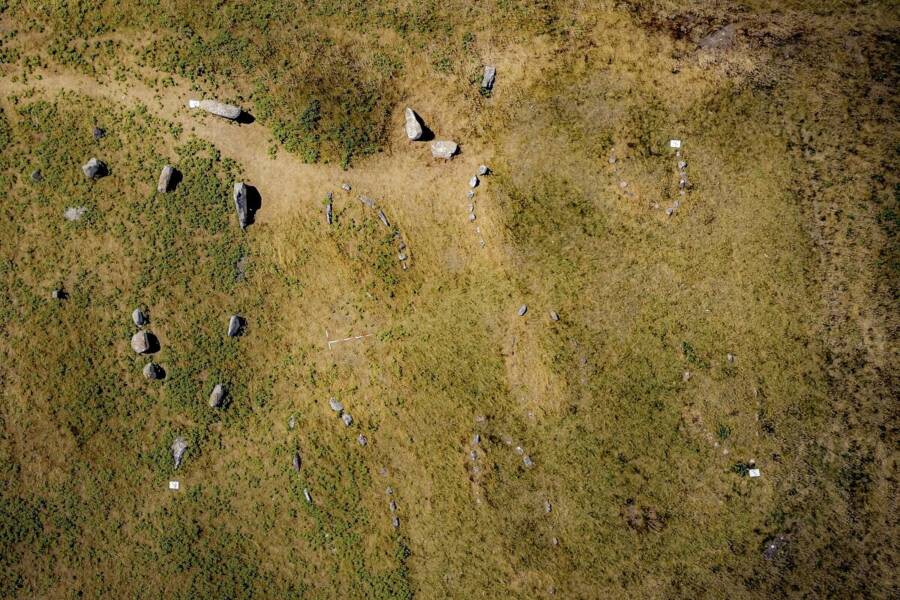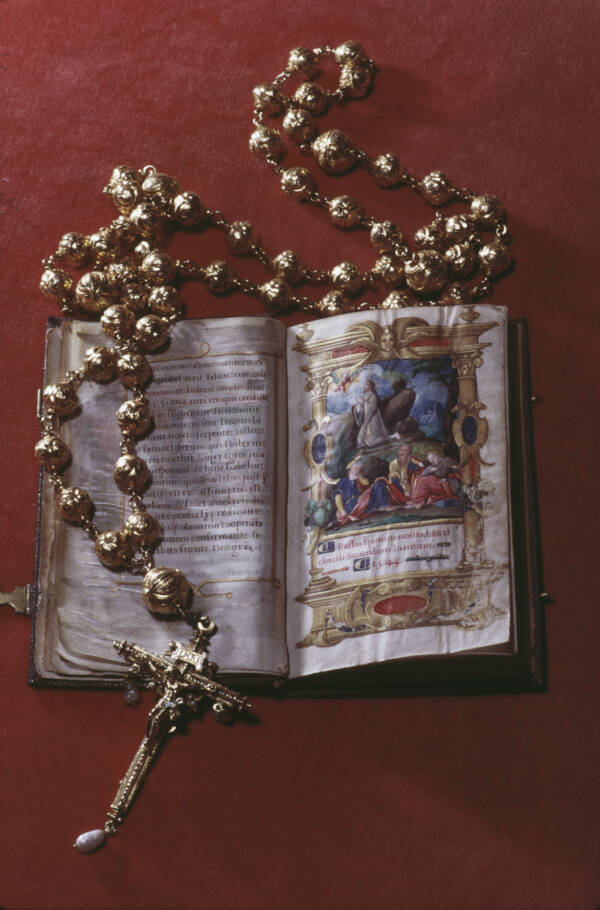Germany officially recognizes the Namibian genocide, Viking ships found thanks to centuries-old drawings, castle thieves steal rosary beads that belonged to Mary, Queen of Scots.
Germany Officially Recognizes Its Role In The 1904 Namibian Genocide For The First Time

Wikimedia CommonsA group of Herero, the people most devastated by the genocide of 1904.
For decades, the German government had refused to acknowledge or apologize for the genocide that saw 110,000 Herero, Nama, and San people forced into concentration camps and killed in present-day Namibia between 1904 and 1908. But now, after six years of negotiations, the German government has agreed to recognize and apologize for the genocide.
In the words of German foreign minister, Heiko Maas, “We will now officially refer to these events as what they are from today’s perspective: genocide.”
Learn the full story behind Germany’s decision here.
Archaeologists Discover Two New Viking Ship Burials In Denmark — With Help From A 400-Year-Old Drawing

Flinders UniversityThe Viking-age ship burial mounds of Kalvestene, on the Danish island of Hjarnø.
In 1650, University of Copenhagen antiquarian Ole Worm made drawings of a Viking ship burial site on the small Danish island of Hjarnø. His depictions showed more than 20 ship burial mounds. Three centuries later, the National Museum of Denmark conducted the first modern survey and found only 10.
Now, using a combination of Worm’s drawings and modern technology, researchers at Flinders University in Australia have discovered two more Viking ship burials at the location, called Kalvestene. The discovery upends previous notions of the accuracy of Worm’s illustrations and provides a new understanding of the site’s significance.
Dig deeper in this report.
Thieves Steal Rosary Beads Owned By Mary, Queen Of Scots In $1.4 Million Castle Heist

RDImages/Epics/Getty ImagesMary, Queen of Scots’ rosary beads and Bible as displayed in Arundel Castle — before the heist.
Arundel Castle is nearly 1,000 years old and rightfully protected as a British historic site. On the outskirts of London, its curated grounds and the treasures displayed within are once again drawing crowds as lockdown restrictions are lifted. Unfortunately, art thieves recently took advantage of the situation — and boosted $1.4 million worth of artifacts.
The Medieval castle heist on May 21 saw a litany of gold and silver valuables disappear, with the rosary beads formerly owned by Mary, Queen of Scots, most devastating.
Read on here.





